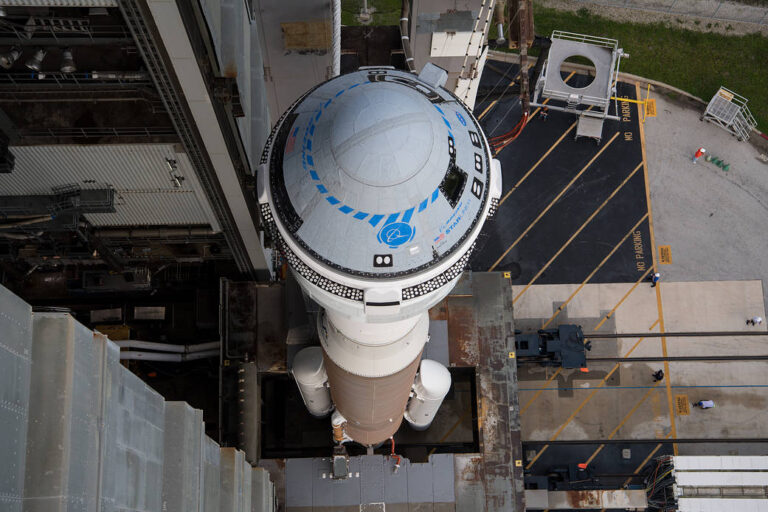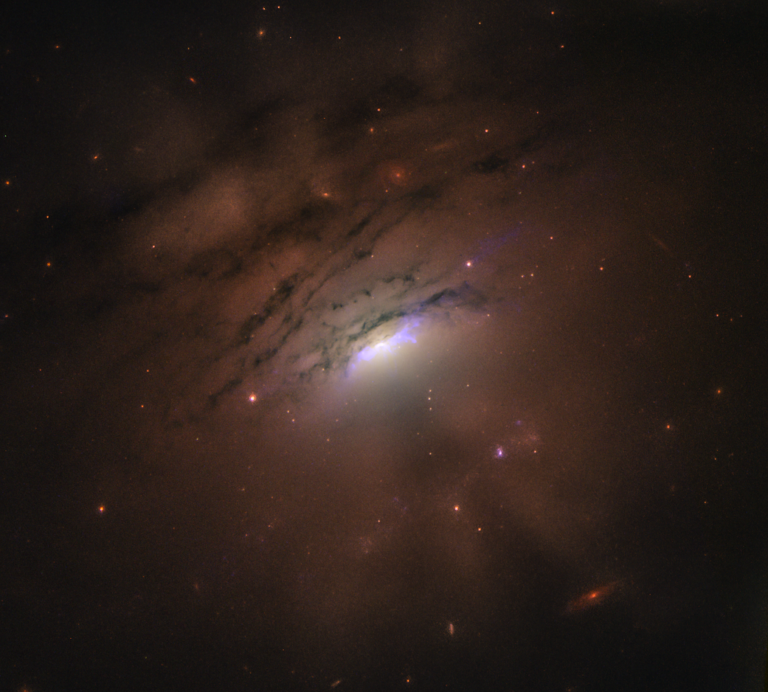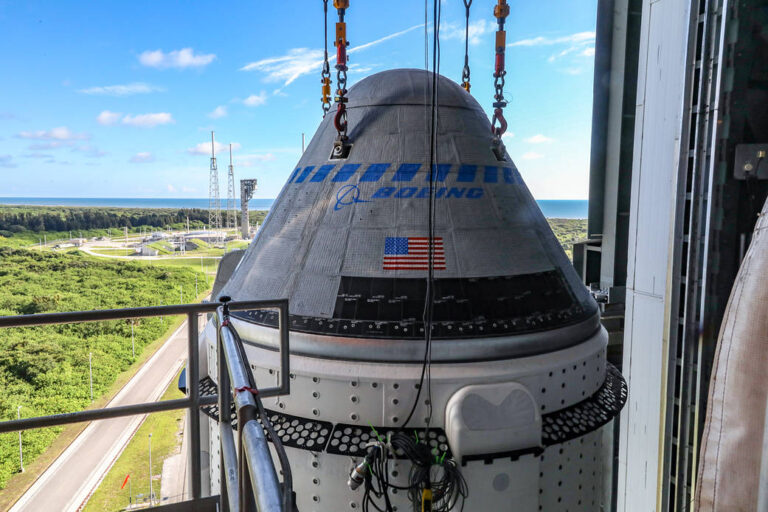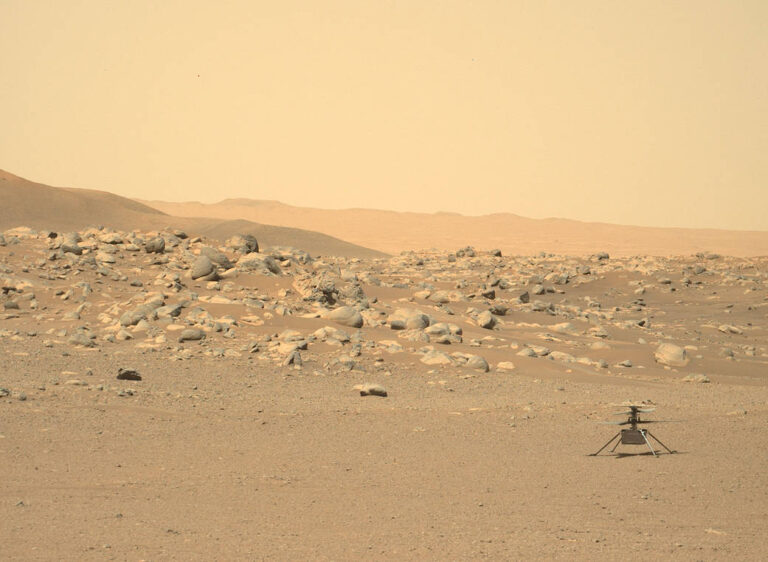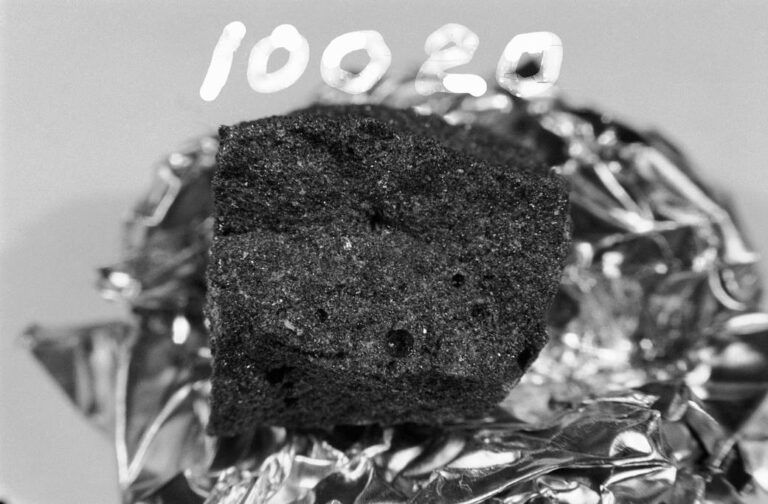推出到发射台
A United Launch Alliance Atlas V rocket with Boeing’s CST-100 Starliner spacecraft aboard is seen as it is rolled out of the Vertical Integration Facility on Monday, Aug. 2, 2021, to the launch pad at Space Launch Complex 41 ahead of the Orbital Flight Test-2 mission at Cape Canaveral Space Force Station in Florida. Boeing’s Orbital Flight Test-2 will be Starliner’s second uncrewed flight test and will dock to the International Space Station as part of NASA’s Commercial Crew Program. The mission, currently targeted for launch at 1:20 p.m. EDT Tuesday, Aug. 3, will serve as an end-to-end test of the system’s capabilities. Image Credit: NASA/Aubrey Gemignani 2021年8月2日星期一,在佛罗里达州卡纳维拉尔角空军基地进行轨道飞行测试-2任务之前,联合发射联盟的宇宙神Ⅴ号运载火箭搭载着波音公司的CST-100 Starliner航天器从垂直整合设施中推出到在41号航天发射场的发射台上。波音公司的轨道飞行测试-2将是Starliner的第二次无人驾驶飞行测试,并将与国际空间站对接,这是NASA商业宇航员计划的一部分。这项任务目前定于美国东部时间8月3日星期二下午1点20分发射,将作为对系统能力的端到端测试。 图片来源: NASA/Aubrey Gemignani

